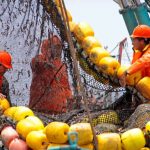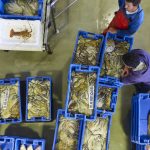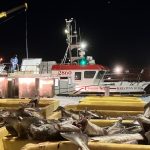Fish farmers have seemed like a natural candidate for government rebuilding aid and as it turned out that they harvested more irony than assistance. According to Stan Hatcher, an affected fish farmer, even though his Grand Bay tilapia and crawfish business is just two miles from the Gulf of Mexico he received barely $1,000 from the programme to help “aquaculture” producers. Catfish farmers 150 miles inland collected up to $80,000, say official list.
Hatcher told that most of the money to rebuild ultimately came out of his own pocket whereas the production remains far below the roughly 15,000 pounds of fish sold in 2004. It is observed that Hatcher appears to have been shortchanged by the easy-pay system adopted by the Alabama Department of Agriculture and Industries. It is true that rather than hand out more than $5 million in federal money on the basis of actual storm losses, state officials staked payments to the number of pond acres.
Agriculture Commissioner Ron Sparks, a Democrat, reiterated that his agency was simply trying to distribute the aid as quickly as possible. He added that they did the best they can do. He said that all of the Katrina money has been spent. As far as Hatcher’s claim that he suffered $25,000 to $30,000 in damage, Sparks said, “he’s throwing out a
number that nobody’s had an opportunity to investigate.
Ken Cook, president of the Environmental Working Group, a Washington, D.C.-based organization that tracks farm subsidy payments, informed that the tension is typical of disaster aid programmes, torn between the need to spend money both quickly and effectively. State managers got no explanation for the disparity from their federal counterparts, sad Roy Johnson, director of market development for the Louisiana Department of Agriculture and Forestry.








